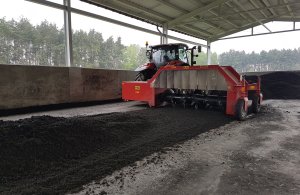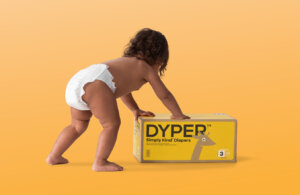(Credit: Image by Soorelis / Pixabay)
With an EU directive on single-use plastics set to come into force in 2021, many organisations are already seeking to innovate beyond plastic packaging and embrace the alternatives, according to an article on Packagingeurope.com. Team Lead at Domino’s Laser Academy, Dr. Stefan Stadler, looks at why brands will need to work closely with coding and marking experts to ensure that new packaging alternatives remain sufficient for use.
In March 2019, MEPs voted in favour of a new EU directive banning single-use plastic including cutlery, cups and plates, cotton buds, straws, drink-stirrers and balloon sticks from 2021. Companies are already re-evaluating the acceptability of petroleum-based material and multi-layer plastic films for food packaging, while tentatively exploring the potential of bio-based and recyclable alternatives. However, although there are many alternative packaging solutions already available, they come with modifications that will impact coding and marking operations. As a result, more and more organisations are asking the question: How can we boost our sustainability and meet legislative demands, yet keep our current coding set-up?
Many organic materials are reaching the market in a bid to replace plastics, but there are few which are yet to be used as a full replacement industry-wide. Starch, as well as many other plant-based materials, may well present a viable and more environmentally-friendly solution. However, the inherent issue is whether these products can be coded to the same standard as their plastic counterpart. Not knowing whether these alternatives can be coded, or how that code will react to the variables around it, poses a significant barrier to commercial adoption.









